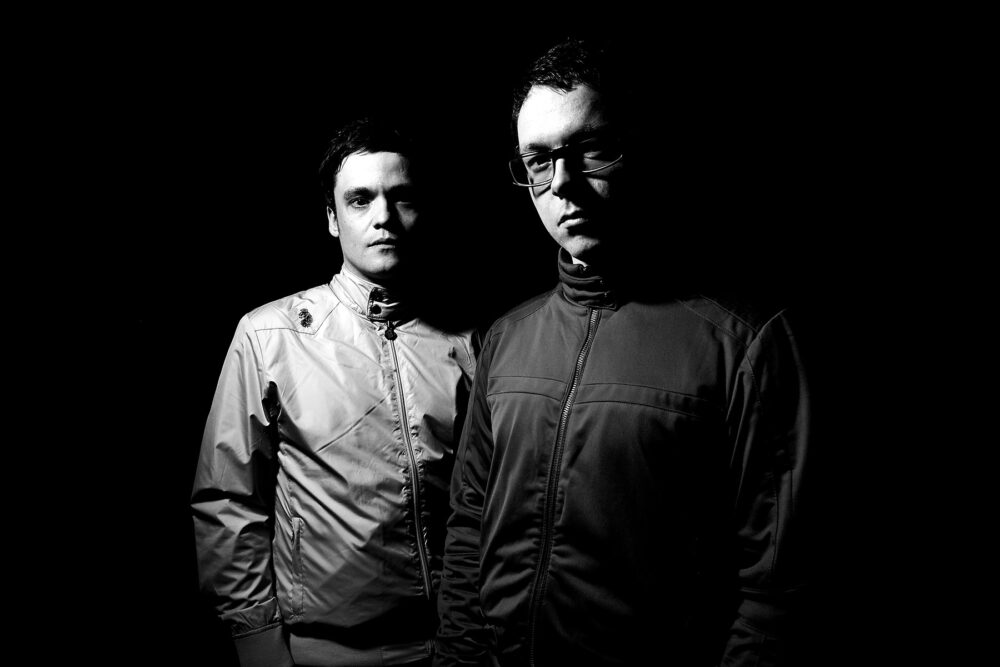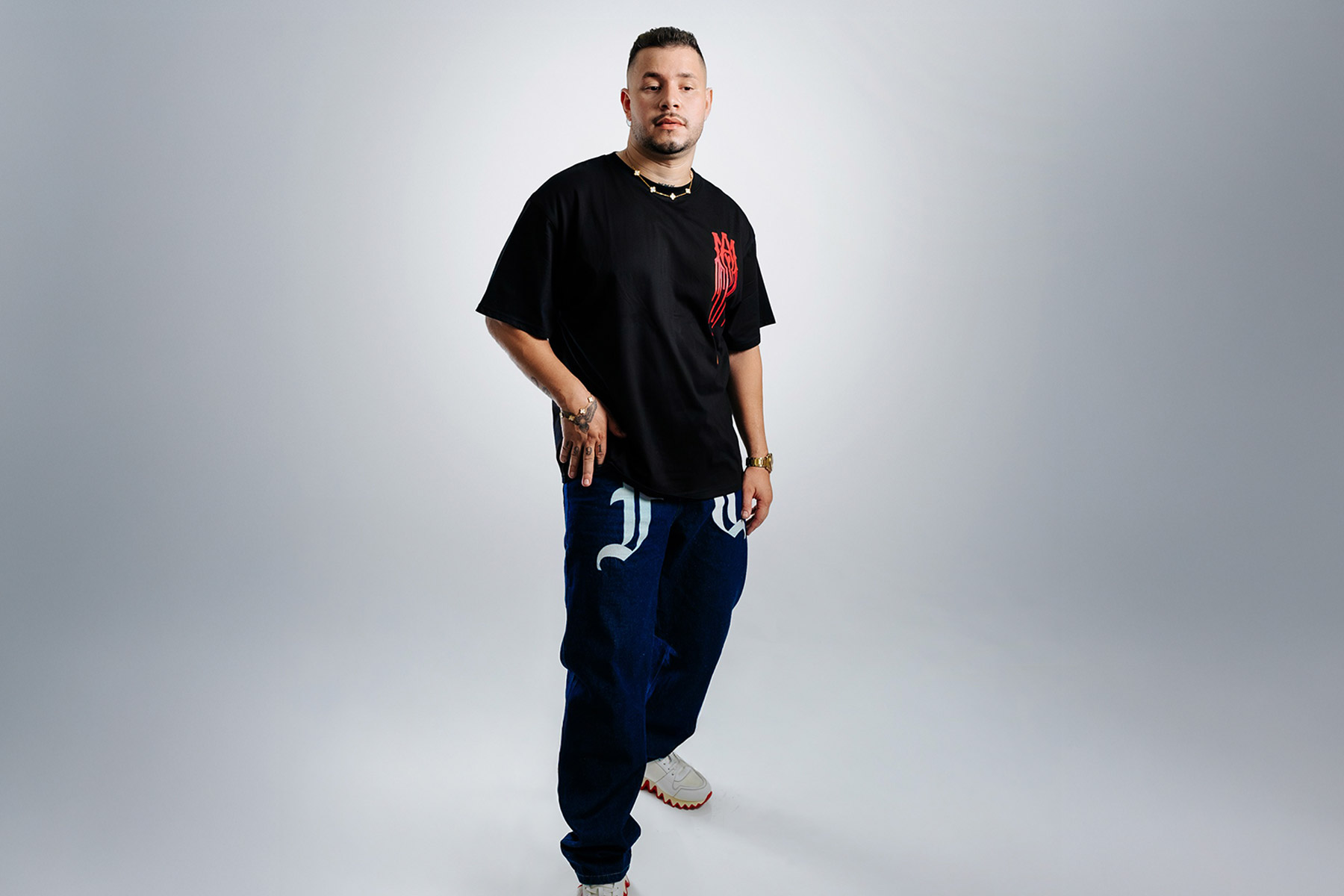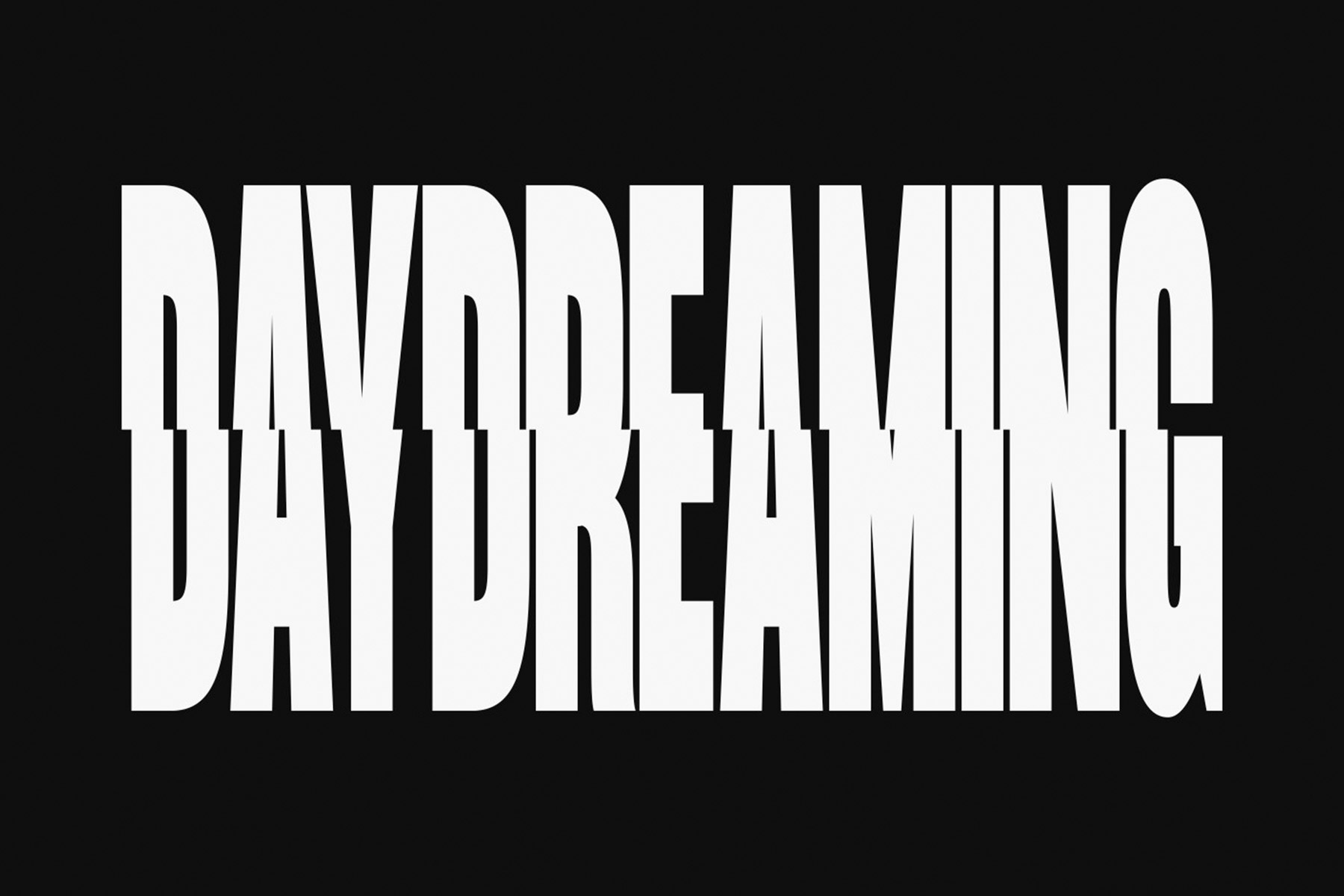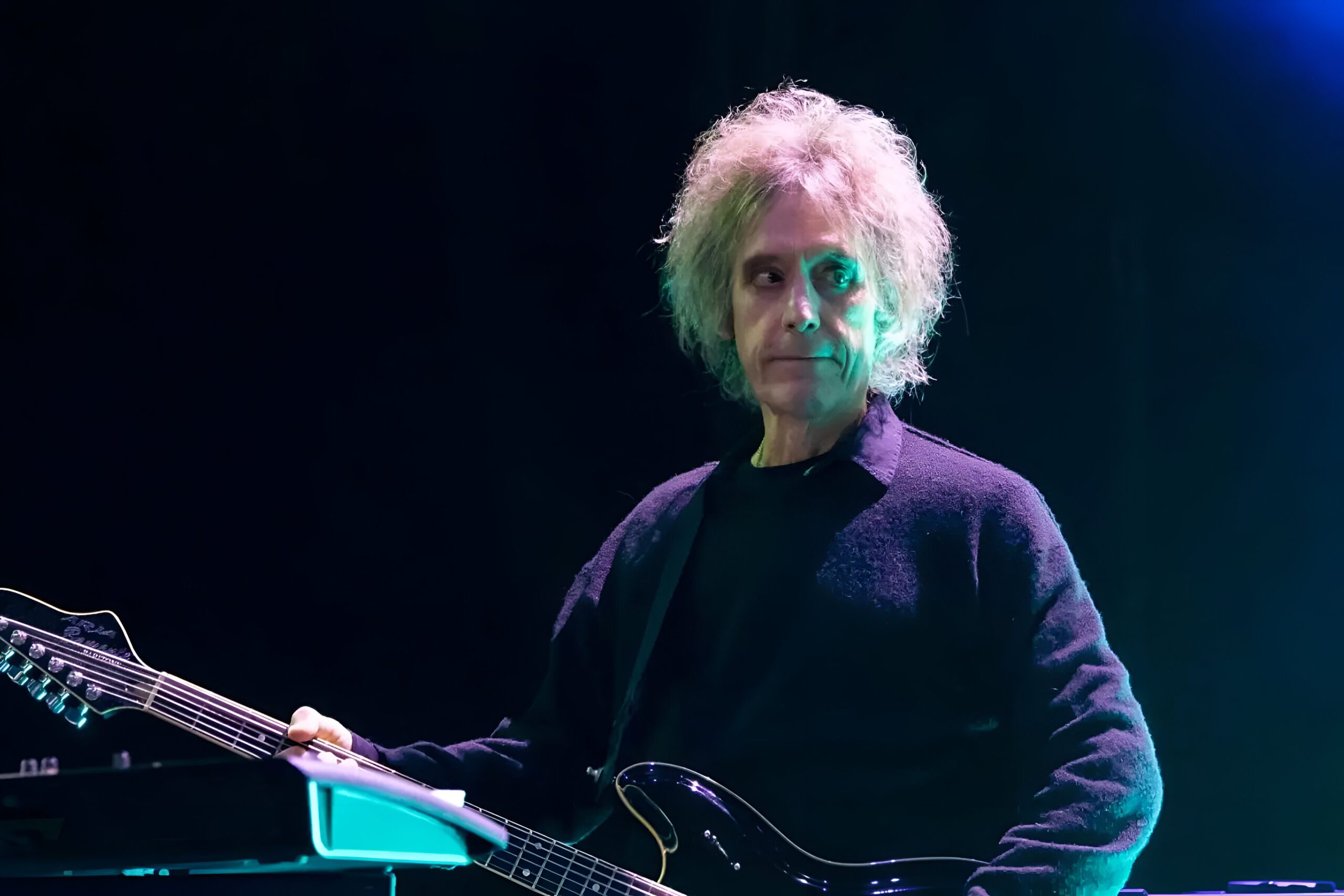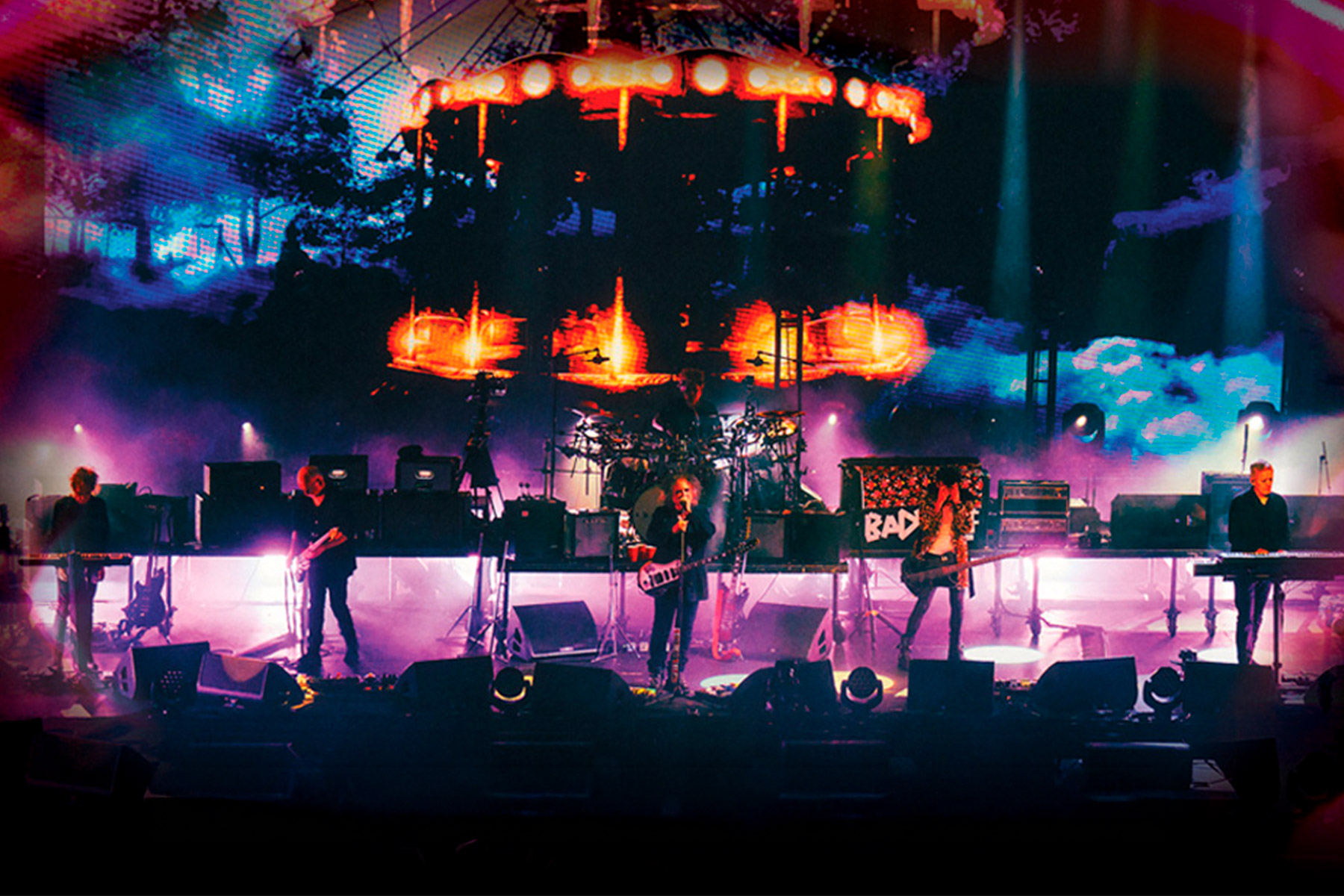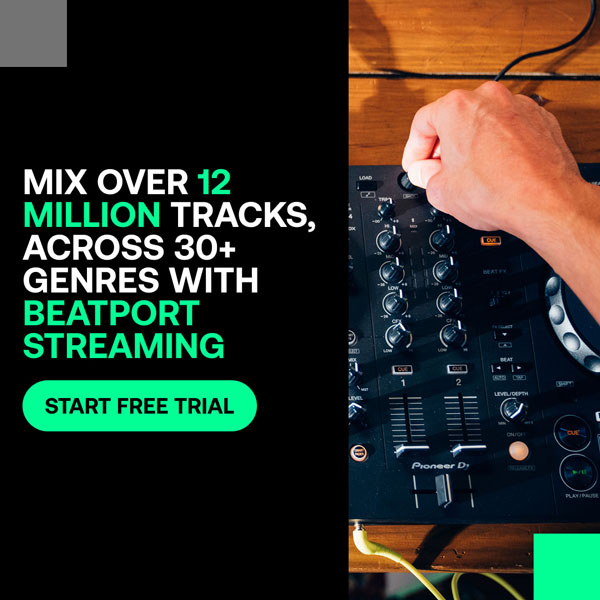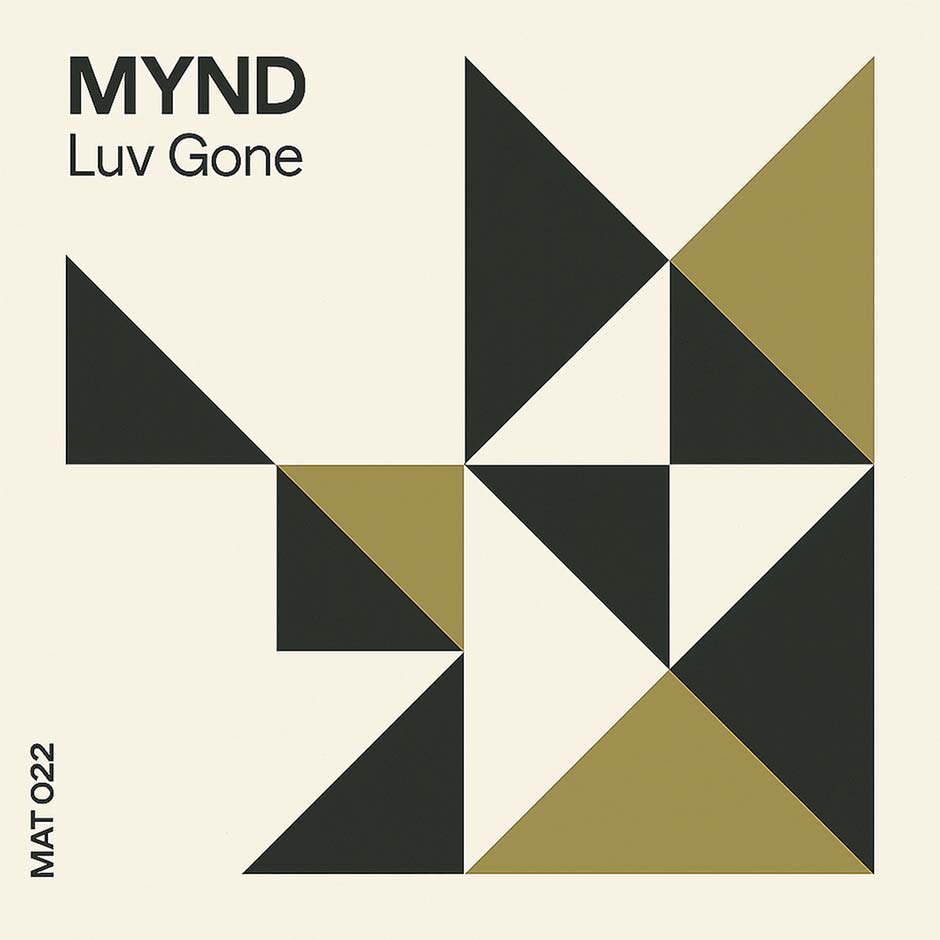They have been hailed as “a cross between Justice, The Who and Donna Summer,” yet Trafik keeps searching for fresh angles in electronic music. From their breakthrough with Global Underground, where the pair logged more than one hundred fifty singles and remixes for UNKLE, Dave Seaman, Tilt and others, to a run of compilations that moved over a million copies, the Newcastle partners have never treated genre borders as anything but optional. Their productions slipped into episodes of CSI: New York, while the Live Soundsystem shook rooms from Manhattan to Tokyo and even lit up a stage on the Great Wall of China.
Photo credit: Trafik – Official
John Elliott and Andrew Archer now return with Haunt, an EP that shifts from cinematic calm to club shaking grit. We caught up with them at Loft Studio to talk nineties ghosts, unexpected plugin rabbit holes, and how a single kick drum can rewrite a track’s destiny.
EG: Hi guys, great to have you with us. Where are you today, and what’s the vibe in the studio as the Haunt EP arrives?
Trafik: We’re at Loft, our recording studio in Newcastle upon Tyne, England, UK. I imagine Andrew is doing something entirely integral to our musical empire’s success and I’m (John) doing this interview with you guys. We’re really excited for all the releases for this EP. It’s been a long time since Trafik have released something this ‘extended’ and we can’t wait for everyone to hear the music.
EG: Every track on Haunt plays like a miniature film in sound. When the DAW window opens, what sparks first for you both: a vivid image, an irresistible groove, or the thrill of bending a plug-in into something new?
Trafik: It’s always more exciting to work on EPs or albums, when it comes to the more instrumental forms of electronica, as you can conceive of a larger story to tell across the different songs. With the ‘Haunt’ EP, the idea was very much to revisit and re-imagine a very specific period of Trafik’s past — revisit ghosts, so to speak. So, in a way the EP (the Extended version EP particularly!) tells that story.
Individually, the track ideas are born with that overall concept in mind, but from their own little seeds of inspiration that come from all over the place. For example, ‘Haunt’ started from playing around with Jacob Collier’s Choir Kontakt library routed through Output’s Movement plug-in, ‘Optic’ is a guitar loop-pedal jam, and ‘1995’ happened whilst trying to rediscover arpeggiators.
EG: After all those years in the GU orbit, which piece of gear — vintage or fresh off the shelf — has surprised you most while chasing that big-screen atmosphere?
Trafik: It’s been quite a long break for Trafik, which has been filled with making music with (and for) a massive variation of artists and genres, so it’s been really exciting to apply everything that’s been learned to a mindset from a past era. So, I suppose the main tool has been experience ha.
However, technically everything has developed at such a rate that the quality and variation that can be achieved digitally has changed the game — the cinematic suite from Native Instruments, Straylight and Ashlight etc. are incredible for instant gratification and ideas.
But the central ritualistic premise will always be play and experimentation! If it makes a sound, make it make a sound until it makes a good one.
EG: The music carries a noticeable dark tint. Was there a single late-night moment, maybe a broken synth or an obscure film cue, that nudged the palette toward deeper shades?
Trafik: Oh, I (John) am miserable as hell ha. I won’t speak for Andrew’s psychology, but musically we’re both soundtrack fanatics and the most inspiring ones always happen to fall in the dark and moody category. On top of that, all of our shared influences in electronic music have always been of the more moody variety.
With this EP, as I mentioned earlier, it was certainly written as an introspective piece; sometimes that can be a melancholic process. That said, there are moments of positivity within that. I think ‘1995’ certainly treads the line of positivity.
“The central ritualistic premise will always be play and experimentation! If it makes a sound, make it make a sound until it makes a good one”
EG: Staying with ‘1995,’ which club memory, mixtape, or half-remembered radio show from that era still slips into your drum programming today?
Trafik: I think for both of us the mid- to late-90s shaped who we are both personally and musically. It was an exciting time to be alive. I think what is most vivid is remembering how relatively new everything felt and how inspiring it all was. Electronic music was developing and creating noise that spanned the entire musical world — from jazz-infused drum-and-bass to metal-drenched noisecore and literally everything in between. I think that memory always drives the music we make; genre was always a limiting concept even then. No boundaries.
EG: You once joked that a single kick can decide a track’s fate. Have you ever turned a sunrise tune into a peak-time weapon simply by changing the beat?
Trafik: A kick drum usually, ha. Not that it’s always the case, but for us dance music is built predominantly from rhythm, and music for other moments is usually built from a different place.
I think a good metaphor is that if we were remixing a song for the dance floor we’d look to find its identity in rhythm and groove first, whereas if we were creating a more sunset remix of a house track you look to find its melodic identity and work from there.
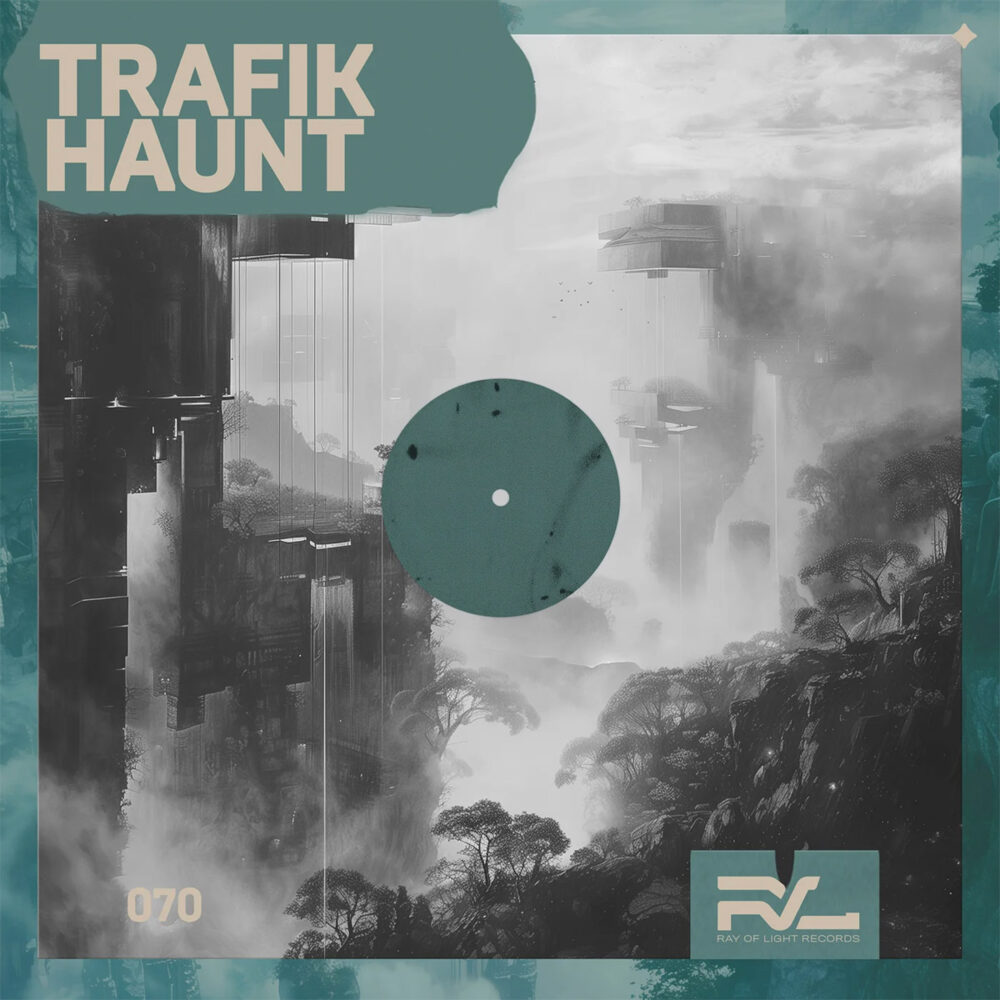
EG: Ray of Light have shown real patience on this release. How does their approach compare with the intense pace of the old GU compilation era?
Trafik: It’s been great working with the Ray of Light guys — Dougal (Fox) and Glenn (Morrison) — it was Glenn who approached us and pitched the idea of a chilled EP and we’ve known him for a LONG time, so the trust was never in question. From there, they gave a masterclass in patience waiting for us to deliver the EP and have been nothing but supportive ever since.
In the past, we were always very lucky at GU. To my mind, again, we were always fully supported in whatever we wanted to do.
EG: For newcomers digging through your early catalogue, what’s the quickest way they might date a track, and how do you help them avoid that trap?
Trafik: Firstly a moment of support for anyone trying to make it as an artist in this era, as it’s bloody hard work. I think the main advice we always give is to always be creating and exploring. Now more than ever it’s easy to fall into the rut of repetitive output, but you can miss out on finding your identity.
I think if anyone honestly pays close attention to the work and habits of artists they look up to, they’ll find people who don’t worry too much about what other artists are doing, or what they themselves should or shouldn’t do. They just create (and then hope for the best).
Within that mentality you will tend to have a better chance of finding something that is uniquely you, and I still believe that’s what resonates loudest with the world and gives you something to offer that matters.
Finally, don’t underestimate how much awful music you have to write to find something incredible. Not everything you create is worth releasing.
“The main advice we always give is to always be creating and exploring. Now more than ever it’s easy to fall into the rut of repetitive output, but you can miss out on finding your identity”
EG: When the workday ends, which show, film, or game has captured your evenings and fed fresh ideas back into the studio?
Trafik: I think we both share a love of TV and film, with obvious leanings to the left-field and sci-fi. Most recently we both loved the show and the score for Severance. Also, Foundation, Black Mirror and Andor.
We’re so lucky that wider culture has fully embraced sci-fi/alternative narratives in the visual arts, as it’s definitely helped bring the sound of electronic music to the forefront. Stranger Things introducing the sound of 70s/80s synths to an entirely new generation is a good thing.
I’m also a big gamer, which again has been a great platform for alt-electronica. I remember playing Death Stranding a few years ago and being introduced to Low Roar and Silent Poets by a video game. Music that 15 years ago I would have probably discovered in a record store.
EG: Collaboration has been a through-line, remixes for UNKLE, Dave Seaman, and more. If you could engineer one unexpected studio meeting next year, who (or what project) would genuinely excite you, and why?
Trafik: For me it would be Peter Gabriel. The voice, the imagination and the spirit of the man would be an absolute dream. I recommend everyone who makes music learn as much as they can about the guy. I imagine with Andrew it would be Martha Reeves, as we’ve tried (and failed) at his request to clear samples for her a few times!
EG: With Haunt out and an extended version on the way, where might we find you next — a club, a cinema, or somewhere completely unexpected?
Trafik: Honest answer is “let’s wait and see”. I think next we’re going to make some more dance-floor-orientated tracks for a new EP for Ray of Light. Most of all though, we’ll keep creating, experimenting and playing.
EG: Thanks for the time. Any final words for the EG community?
Trafik: Thanks for reading. Enjoy the single releases. Please listen to the extended EP when it drops as that’s where the real story lies!
Trafik’s ‘Haunt’ is out now on Ray Of Light Records. Stream and download here.


